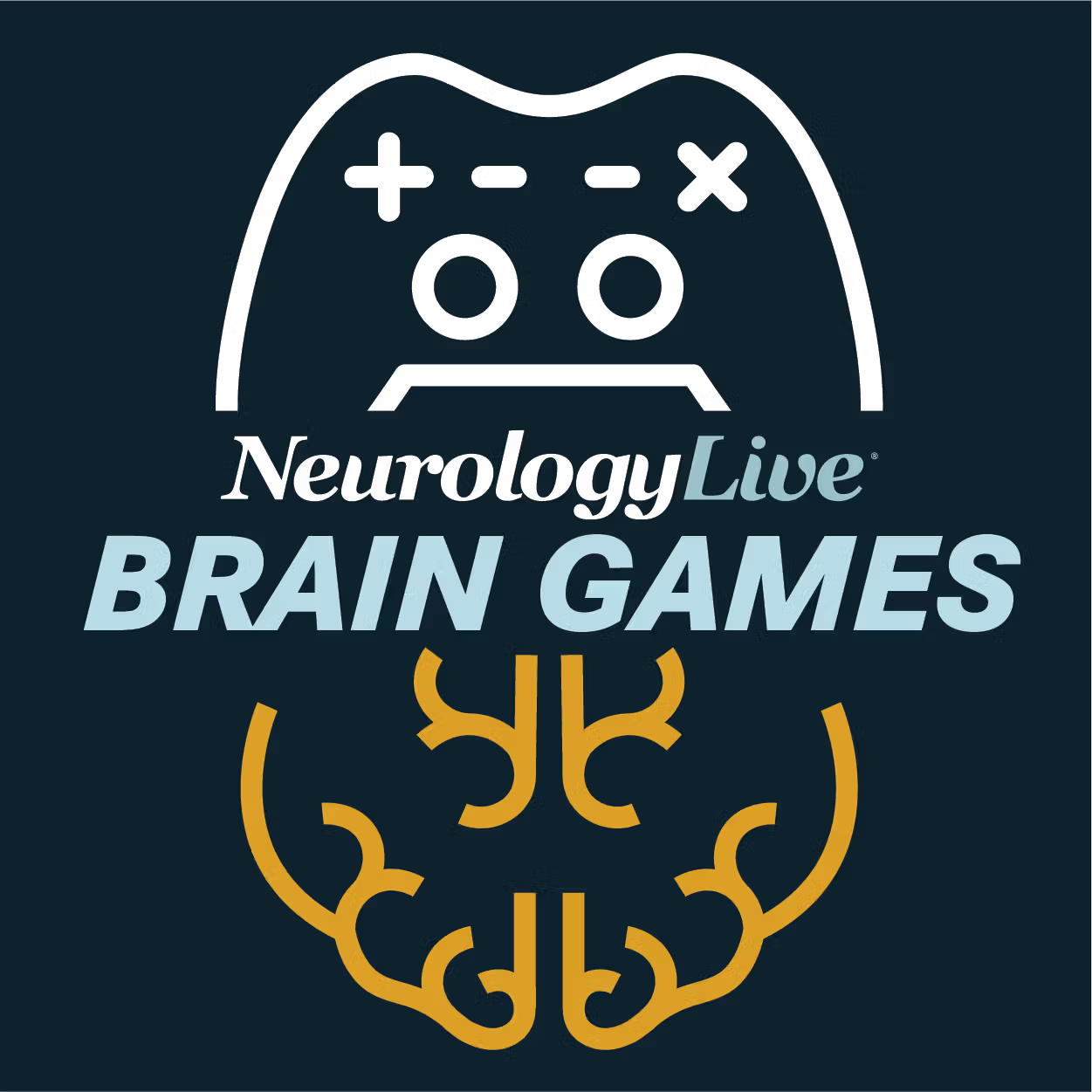News
Video
Bridging Neurology and Ophthalmology in Multiple Sclerosis Research
Author(s):
In this final episode, neurologists discuss the role of advanced imaging, like OCT, in diagnosing and managing MS, emphasizing the need for further research to optimize its clinical application. [WATCH TIME: 2 minutes]
WATCH TIME: 2 minutes
Multiple sclerosis (MS) is a complex, chronic neurological condition that can affect a wide range of systems within the body, including the visual system. The interplay between the eyes and MS is of particular importance, as optic neuritis, a common manifestation, can significantly impact patient outcomes and quality of life. Understanding how MS affects vision and the underlying pathophysiological mechanisms is essential for clinicians to provide timely and accurate diagnoses, as well as to tailor treatment strategies aimed at minimizing visual impairment.
In this 5-episode series, two experienced clinicians from Northwestern University delve into the nuanced relationship between MS and the eyes, offering insights into the latest clinical practices, advancements in drug development, and evolving standards of care. The clinicians, Elena Grebenciucova, MD, and Neena Cherayil, MD, cover a range of topics, including the critical role of neuro-ophthalmologists in the care of MS, the inclusion of the optic nerve to the 2024 McDonald Diagnostic Criteria, the education needed to translate the latest changes to the diagnostic criteria, and the needed research to understand more about the impact of MS on the eyes.
In this final episode, the duo of neurologists discuss research related to the interplay of MS and the eyes. Grebenciucova, an assistant professor of neurology, and Cherayil, an assistant professor of neurology and ophthalmology, discuss the importance of optical coherence tomography (OCT) in diagnosing optic neuropathy in patients with MS, stressing the need for further research to effectively utilize these tools in clinical practice. The two experts highlight the potential of OCT and other imaging modalities, such as neurofilament and line shape analysis, to predict treatment responses and patient outcomes.
Transcript edited for clarity.
Marco Meglio: I have one last quick question for both of you. It's from a research perspective. Obviously, both of you bring two different perspectives here. But from a research standpoint, what more can we learn about the impact of MS on the eyes and vice versa? Where should research efforts be directed going forward?
Neena Cherayil, MD: I think there's a lot of work on advanced imaging in neurology, particularly for optic neuropathy. We have this amazing level of resolution in OCT, and we have a lot of data that way, but there’s not a real clear sense of how to use that data—especially now, in light of new diagnostic criteria and things like that. So, I think it’s important to understand a little more about how we can use OCT strategically and most accurately in the diagnosis of MS in particular.
Elena Grebenciucova, MD: I agree. Over the years, we've seen a lot of data generated by neurophysiological research in terms of ocular issues and multiple sclerosis, but I think we need more studies and clinical trials looking at OCT, neurofilament, and biomarkers like line shape and line chains. We need to look at the outcomes of how these modalities can be used to predict response to treatment and patient outcomes. We’re definitely still in the descriptive stages, and these modalities are not always fully incorporated into clinical practice. So, there's definitely more work to be done to incorporate them into clinical trials. For example, the future medications for multiple sclerosis.




